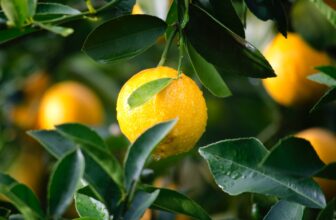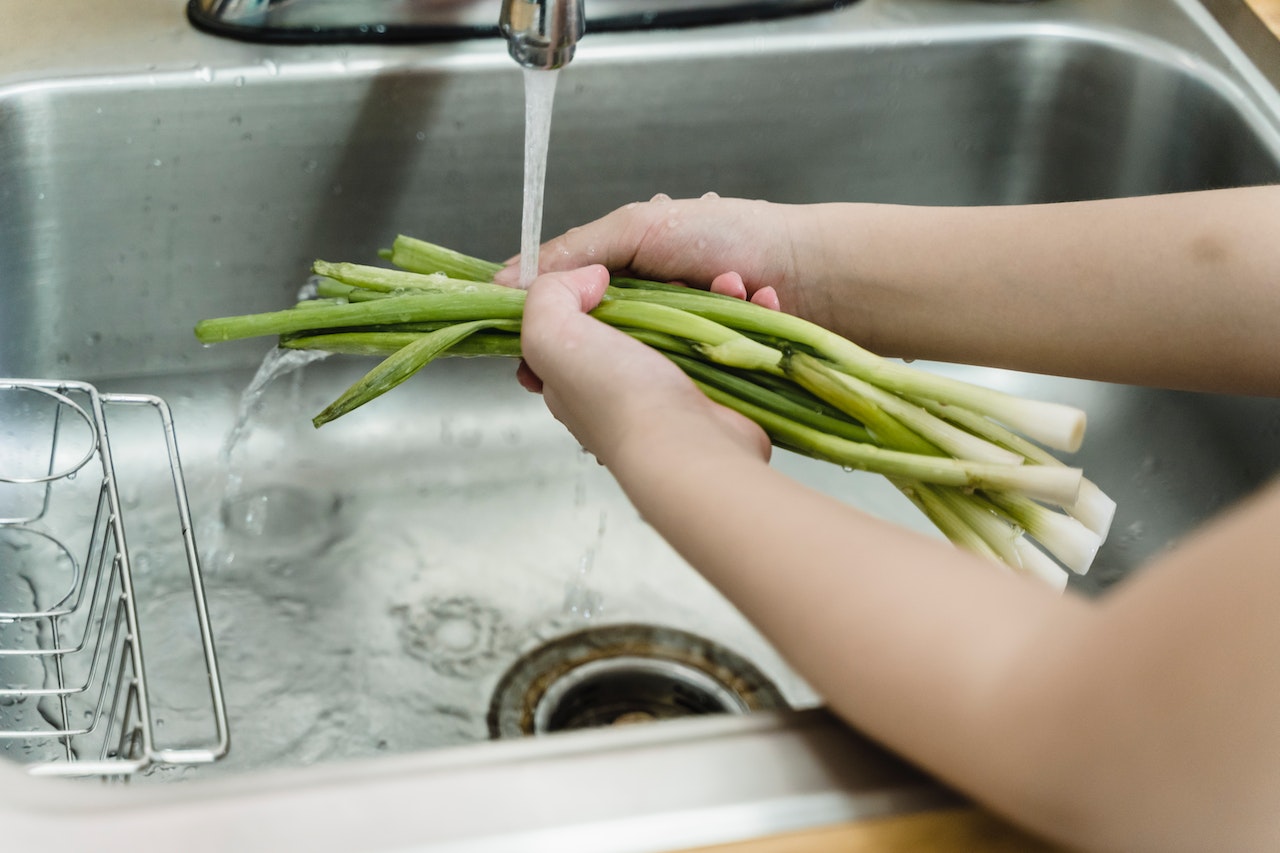
Table of Contents
Leeks are a delicious and versatile vegetable that can add depth and flavor to a variety of dishes. With their mild, sweet taste, they are a great addition to soups, stews, and stir-fries. And, with their long, white stems and beautiful green leaves, they are a stunning addition to any vegetable garden.
Growing leeks is relatively easy, and they can thrive in a variety of soil types and climates. In this article, we’ll cover the basics of how to grow leeks, from planting to harvesting, and provide tips and tricks to ensure a successful and bountiful crop.
About Leeks

Leeks are a member of the Allium family, which also includes garlic, onions, and shallots. They’re believed to have originated in the eastern Mediterranean and have been cultivated for thousands of years, with evidence of leek cultivation dating back to ancient Egyptian times.
Leeks have a distinctive appearance, with long white stems that resemble overgrown scallions and green, flat leaves. They’re usually about one to two inches in diameter at the bulb and can grow up to a foot in length. In terms of taste, they have a mild, sweet flavor that’s slightly sweeter and milder than onions. They’re often described as having a delicate, almost nutty flavor and can be used in a variety of dishes to add depth and richness.
Throughout history, leeks have been prized for their culinary and medicinal properties. In ancient Greece, they were considered a symbol of bravery and were even used to ward off evil spirits. In Wales, they have been associated with St. David’s Day, with the leek being a symbol of Welsh nationalism.
Today, leeks continue to be a popular ingredient in cuisines around the world, especially in European and Middle Eastern cooking. They can be roasted, grilled, sautéed, or used raw in salads and slaws, and are a staple in dishes like leek and potato soup, quiches, and savory tarts.
Growing Leeks
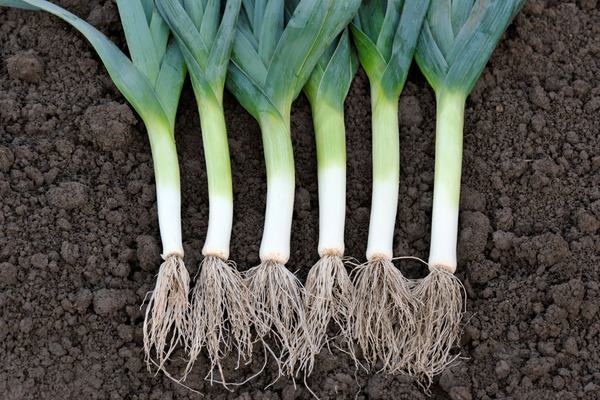
How to Propagate Leeks
Propagating leeks is a simple process that involves planting leek seeds or dividing existing leek plants. Here are the steps for each method:
Planting leek seeds:
- Choose a sunny location with well-draining soil.
- Prepare the soil by digging in compost or other organic matter.
- Sow the seeds in rows, about an inch deep and 6 to 8 inches apart.
- Cover the seeds with soil and water thoroughly.
- Keep the soil moist and provide support for the seedlings as they grow.
- Thin the seedlings to 4 to 6 inches apart when they reach 2 to 3 inches in height.
Dividing existing leek plants:
- Choose a healthy leek plant that has multiple stems.
- Carefully dig around the base of the plant to loosen the soil.
- Gently pull the plant apart, separating it into individual stems with roots attached.
- Plant each stem in a new location, about 4 to 6 inches apart and 1 inch deep.
- Water the newly planted leeks thoroughly and provide support if necessary.
In both methods, it’s important to keep the soil moist and provide adequate water to ensure the leeks grow well and develop healthy roots. With proper care, you can easily propagate leeks and enjoy a bountiful harvest of this delicious vegetable.
Sunlight and Temperature for Leeks
Leeks prefer full sun to partial shade and cooler temperatures, between 50-75°F (10-24°C). They can tolerate some frost and continue to grow during mild winters, but hotter temperatures can cause bolting (premature flowering).
Soil and Water Requirements for Leeks
Leeks prefer well-drained soil that is rich in organic matter. They need consistent moisture, so regular watering is important, especially during dry spells. It is best to avoid overhead watering, which can encourage leaf diseases, and instead water the soil directly at the base of the plant. Leeks also benefit from regular fertilization with a balanced fertilizer or compost.
Fertilizer Requirements for Leeks
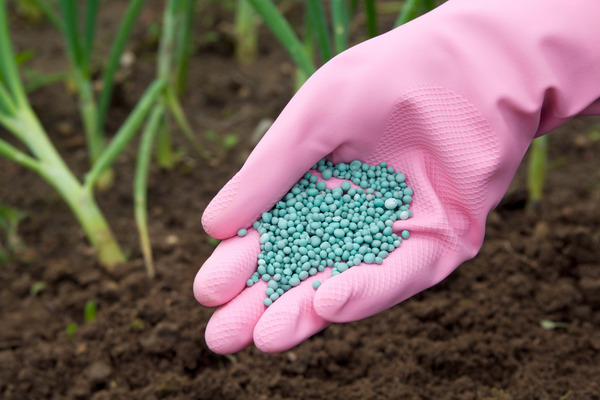
Leeks benefit from regular fertilization with a balanced fertilizer. A balanced fertilizer is one that contains equal amounts of nitrogen (N), phosphorus (P), and potassium (K). A common ratio is 10-10-10. Leeks can also be fertilized with compost or well-rotted manure.
It’s recommended to apply fertilizer when the plants are about 6-8 inches tall, and then again when they reach 12-15 inches. The amount and frequency of fertilizer will depend on the soil type and fertility, as well as environmental conditions. Too much fertilizer can lead to excessive leaf growth and reduce bulb size, while not enough can lead to poor growth and reduced yields.
How to Harvest Leeks
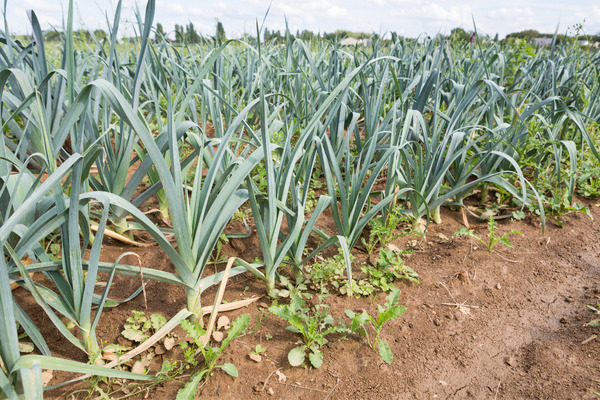
Leeks are usually ready for harvest in about 4-6 months after planting. To harvest, gently pull the leek out of the soil, being careful not to damage the delicate root system. Use a garden fork or your hands to loosen the soil around the leek, if necessary.
You can harvest leeks at any size, but they tend to be most tender and flavorful when they reach 1-2 inches in diameter at the base. To avoid waste, only harvest what you need, as leeks do not store well after being harvested. After harvesting, rinse the leeks thoroughly to remove any dirt or sand that may be stuck between the leaves.
How to Store Leeks
Leeks are best stored in a cool and humid place, such as a refrigerator or a root cellar. To store in the refrigerator, wrap the leeks in a damp paper towel or cloth to maintain their moisture, and place them in a plastic bag. This will help keep the leeks fresh for up to two weeks. If you have a root cellar, you can store the leeks there in a box filled with damp sand. This will keep the leeks fresh for several months.
If you want to store the leeks for an extended period of time, you can freeze them by blanching them in boiling water for 3 minutes and then transferring them to an airtight container or freezer bag. Frozen leeks will keep for up to 8 months.
How to Use Leeks
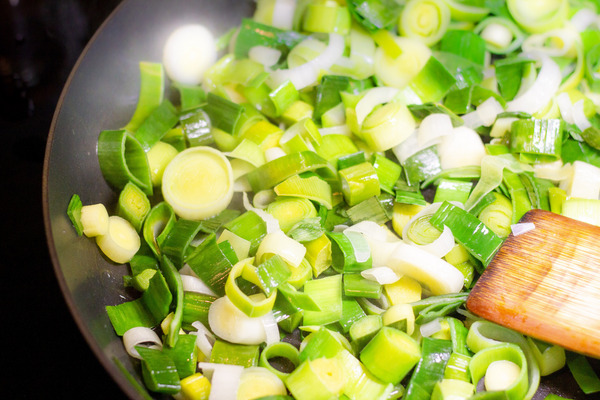
Leeks are versatile vegetables that can be used in a variety of dishes. Here are a few popular ways to use leeks:
- Soup: Leeks are a common ingredient in soup, adding a mild, sweet flavor. Try making a classic leek and potato soup or a creamy leek and bacon soup.
- Quiche: Leeks can be used as a filling for quiche, along with eggs and cheese.
- Casseroles: Leeks can be added to casseroles, such as a leek and mushroom risotto or a leek and goat cheese gratin.
- Sauces: Leeks can be used to make a flavorful sauce, such as a leek and mustard cream sauce, which can be served with roasted meats and vegetables.
- Stir-Fry: Thinly sliced leeks can be added to stir-fry dishes, along with other vegetables, for a healthy and flavorful meal.
- Salads: Raw or lightly cooked leeks can be added to salads, along with other greens and vegetables, for a crisp and refreshing dish.
These are just a few of the many ways that leeks can be used in cooking. They’re a delicious and nutritious addition to many different types of dishes.
Frequently Asked Questions about Leeks
The best month to plant leeks is typically in late summer or early fall, or in early spring before the weather becomes too warm.
Leeks do not regrow after cutting, but they can be grown from seed or by transplanting seedlings. To ensure a continued harvest, plant a new batch every year or two.
Yes, you can leave leeks in the ground over winter in regions with mild winters. They will continue to grow and can be harvested as needed. In regions with harsh winters, it is best to harvest the leeks before the first hard frost and store them in a cool place.
Yes, leeks can be left in the ground too long and will eventually start to bolt (send up a flower stalk) and become tough and woody. It is best to harvest leeks when they are young and tender, usually after 4-6 months, and before they reach their mature size of 1-2 inches in diameter.
Yes, coffee grounds are good for leeks as they are rich in nitrogen and other nutrients that leeks need to grow well. However, it is best to mix coffee grounds with soil or compost before using as a fertilizer, as using too much coffee grounds can make the soil too acidic. Additionally, coffee grounds should be used in moderation, as an excess of coffee grounds can lead to an accumulation of salts in the soil.
Wrapping Up
Growing leeks is a great way to add a versatile and flavorful vegetable to your garden. With their preference for cooler temperatures and well-drained soil, leeks are well-suited for many climates and soil types. So why not give growing leeks a try and experience the delicious taste and versatility of this classic vegetable for yourself!






